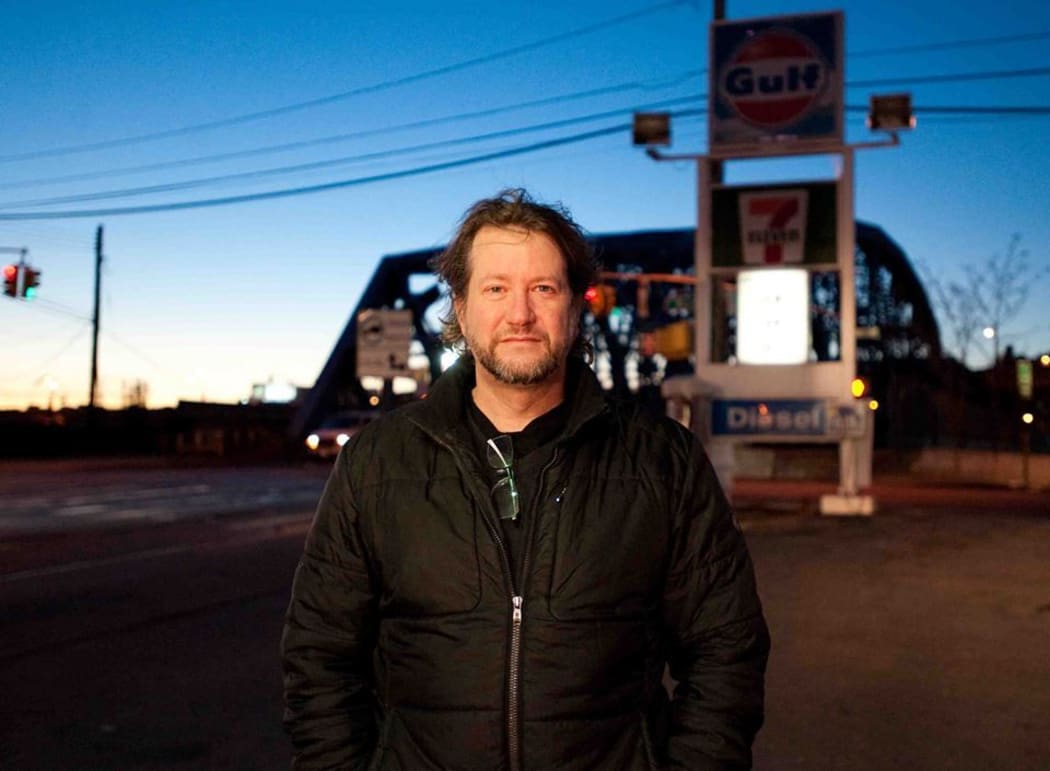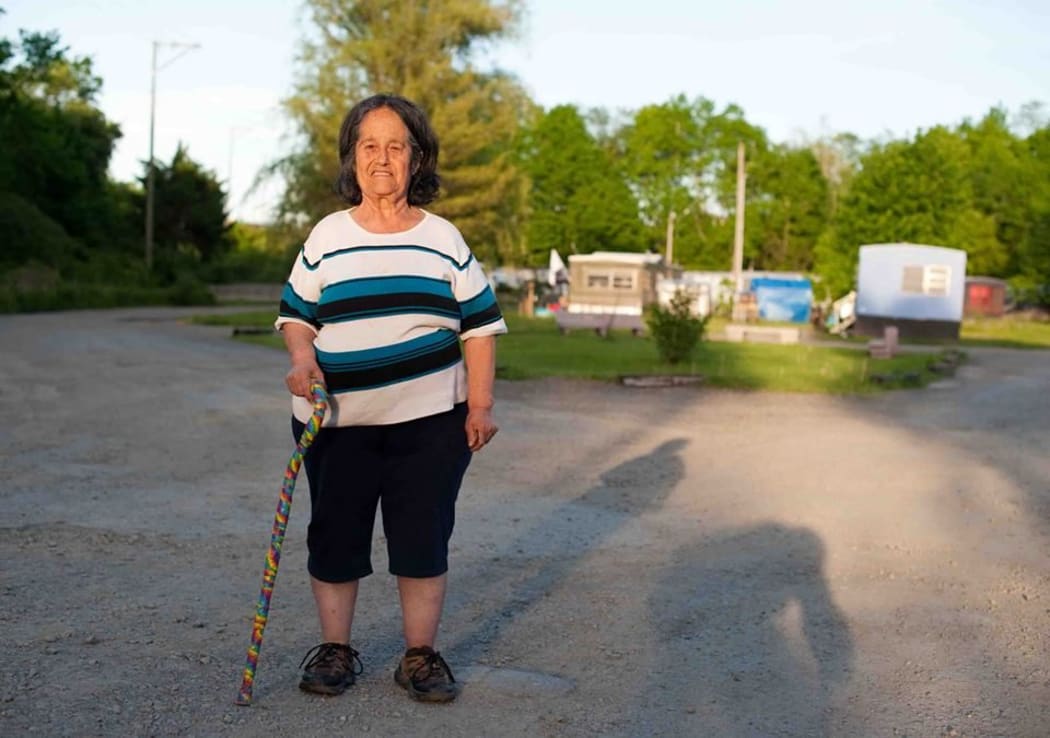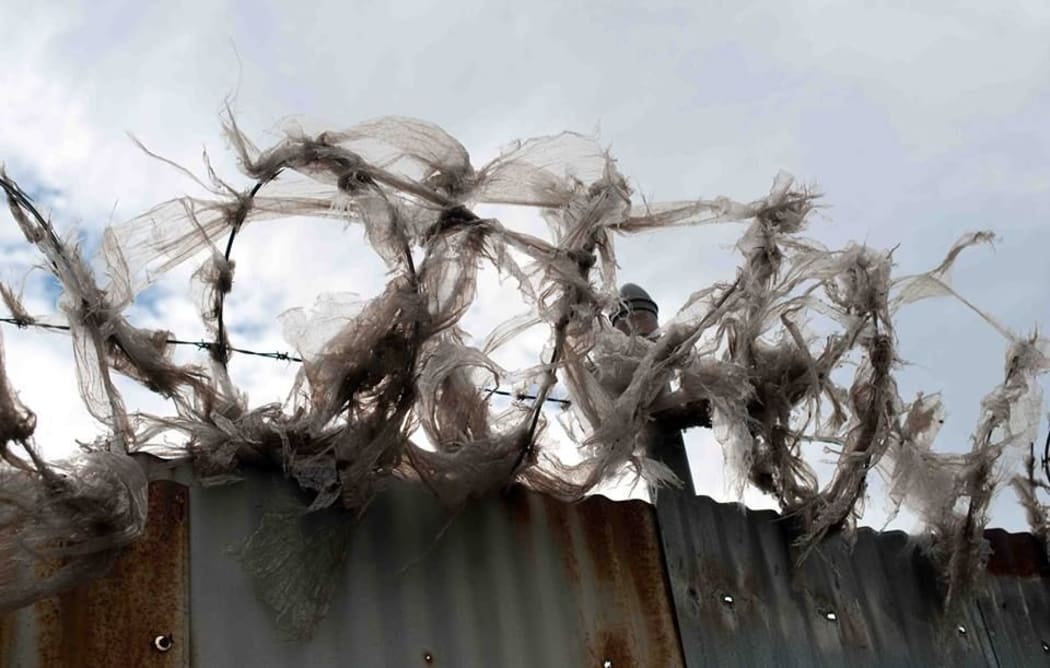
Chris Arnade Photo: Chris Arnade Photography
Since 2012, Chris Arnade has travelled deep into small-town America, photographing America’s poor.
The former Wall Street trader, who has a PhD in Physics, tells Bryan Crump that Donald Trump's win came as no surprise to him.
Arnade says that his personal measure of the cultural divide in the US is how people in different areas respond to one question – will the world be a better place for their children?
In big cities like New York and Washington the answer is yes, he says.

Cesar and son, El Paso, Texas, August 2015. Photo: Chris Arnade
“If you’re in the communities that largely voted for Trump or in minority communities that are working-class, most people answer with no.
“Where they answer that question with ‘I don’t think my kids will have a better life than I will' you’ll also find a lot of drug use.”
Addicts and drug users were Arnade’s first subjects. His Faces of Addiction project captures addicts in the poorest neighbourhood in New York City, Hunts Point.
“In any place you see hope leaving, you see drugs entering,” he says.
In every town Arnade visits, he calls into the same places – McDonald’s, community colleges, bars and churches.

Maria in Lot 33 Photo: Chris Arnade
Religion is one of the few institutions that hasn’t failed people in small, poor communities, with churches providing a similar service to Alcoholics or Narcotics Anonymous, he says.
Arnade says he discovers the people and places he photographs by going directly to where he’s warned not to go.
“If someone says ‘Whatever you do, don’t go to Prestonsburg, Kentucky, I’ll go to Prestonsburg, Kentucky.
“If people say ‘Whatever you do don’t go to that McDonald’s, that’s the bad side of town’ – that’s the McDonald’s I go to.”

Photo: Chris Arnade

